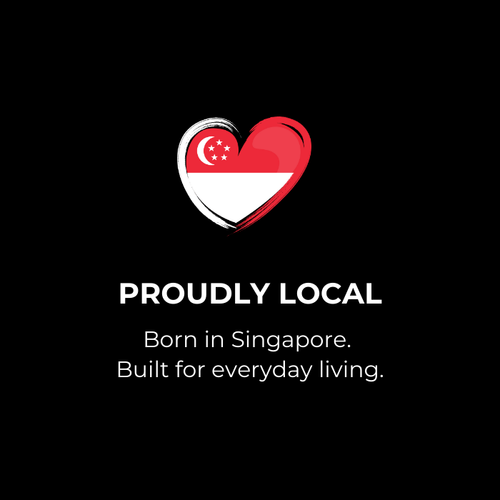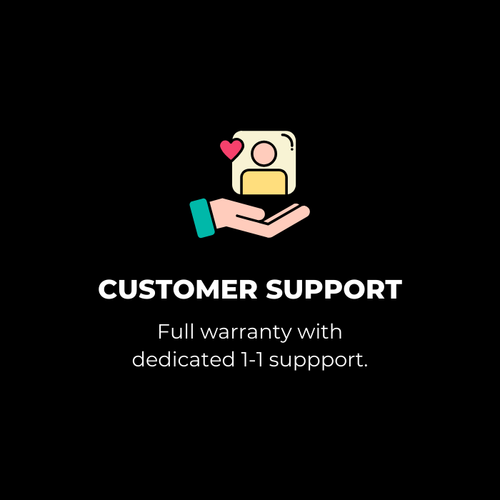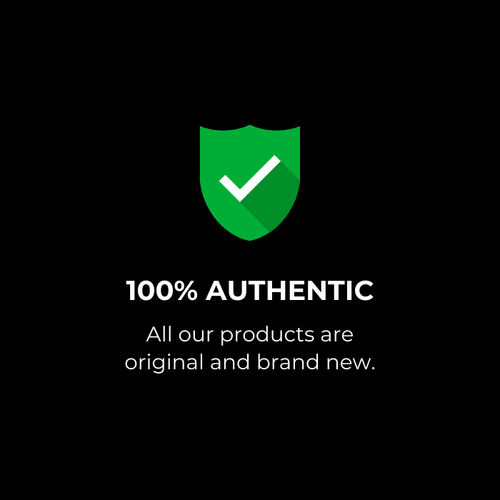
How to Read Air Purifier Specs (Without Getting Scammed)
It’s humid, it’s dusty, and the air just never feels fully fresh.
That’s why you want an air purifier. Fair enough.
But step into any electronics store and you’ll see the problem: everyone claims 99.9% clean air. Most can’t back it up.
This isn’t a “Top 10 Best Air Purifiers” list.
It’s a clear look at what the numbers on the box mean, what matters, and what’s marketing fluff.
No hand-holding, just the plain facts so you don’t overpay for a fan with a fancy badge.
Why Air Purifier Specs Matter (And Why They’re Confusing)
An air purifier isn’t just a fan with a filter slapped on. The way it pulls air in, pushes it out, and traps pollutants determines whether it’ll clear the air in your HDB living room or just spin your electricity meter.
The challenge?
- Different brands highlight different specs.
- Some use technical jargon with no context.
- Others overclaim performance that isn’t even possible in real life.
You don’t need an engineering degree to spot a good one. Just a few basics.
Start With CADR. If You Ignore Everything Else, Don’t Ignore This.
CADR means Clean Air Delivery Rate. It tells you how fast the machine can filter out pollutants (usually smoke, dust, or pollen) in a standard room. It’s the only number that really predicts how well an air purifier will keep up when your windows are open, or your cat is shedding on your sofa.
Higher CADR = faster, more efficient cleaning.
Low CADR = you might as well open a window and hope for a breeze.
As a practical guide, your air purifier’s CADR should be at least two-thirds of your room’s area (in square feet).
For example: If your room is 12 by 14 feet, that’s 168 sq ft. Aim for a smoke CADR of around 110 or higher to keep up. If you’re dealing with haze or wildfire smoke, go closer to a CADR equal to your room’s area for better results.
Remember, a higher CADR means faster, more frequent cleaning. If your ceilings are above the usual 8 feet, you’ll want a unit rated for a larger space.
What is a HEPA Filter?
HEPA stands for High Efficiency Particulate Air. A true HEPA filter can remove at least 99.97% of airborne particles as small as 0.3 microns. That includes dust, pollen, mould, and some bacteria.
Fun fact: 0.3 microns is the hardest size to catch. So, if a filter can trap that, it will do even better with larger or smaller particles.
HEPA” Doesn’t Always Mean HEPA
These days, every other purifier slaps on the word “HEPA.” Look closer: many say “HEPA-type” or “HEPA-like.” Translation: basically meaningless.
If you want real results, look for true HEPA, minimum HEPA-13.
HEPA 14, which is what high-standard hospitals use to trap more airborne nasties. “HEPA-like” is a sign they hope you won’t Google it.
Good to know:
HEPA doesn’t remove gases, smells, or VOCs. For that, you want an activated carbon layer too, not instead of HEPA, but alongside it.
Do Air Purifiers Remove Smells?
Not all air purifiers can tackle odours. A standard HEPA filter is designed for particles -dust, pollen, dander - not gases or smells.
But NNIO air purifiers go further:
The NNIO HEPA-14 Air Purifier use negative ion purification to help neutralise odour molecules in the air. Negative ions bond with airborne particles, including some odour particles, making them easier to trap in the filter or drop out of the air.
In practical terms? Everyday smells like pet odours or lingering food can feel less noticeable. But for strong cooking smells or chemicals, good ventilation is still key.
Why Filter Changes Matter
A good air purifier is only as good as its filter. Even the best HEPA filter stops working if it’s clogged with dust and particles. That’s why you should always stick to the recommended filter replacement schedule or you’re just running a fan that blows stale air around.
We design NNIO filters to be easy to change, no complicated latches or tools. And you don’t have to hunt around for a replacement: you can order filters anytime from our website, so you always know you’re getting the right fit, with the same performance you expect.
Fresh filter in, fresh air out. Simple as that.
How NNIO Designs for Singapore’s Reality
Look, this is why we keep our air purifiers effective.
✔️ HEPA-14 Filter: Traps up to 99.995% of dust, allergens, bacteria, and fine particles down to 0.3 microns.
✔️ Negative Ions: Help reduce bad odours by bonding with smell particles.
✔️ UV Sterilisation: Adds an extra layer of germ protection.
So while your neighbour’s sambal might still drift over, your air purifier gives you a fighting chance to keep the air fresher, cleaner, and healthier overall.
What to Remember
If you’re comparing air purifiers, focus on:
1️. CADR that matches your room size.
2️. True HEPA, not “HEPA-type.”
3️. A safe ioniser if you want extra odour help.
4️. And don’t forget: Filters need changing. Even the best air purifier is useless with a clogged, old filter. Make sure you’re ready to replace them on schedule.
Ignore vague “99.9%” claims that don’t explain what particles they’re trapping. And check how easy it is to clean. You’re not paying for a new air purifier every time you open it up.
And read the fine print. If a spec seems too good to be true for the price, it probably is.
Looking for One that Doesn’t Scam You?
We build air purifiers for what Singapore feels like - sticky, dusty, and too small for nonsense. They don’t look like spaceships. They just work.
Check them out here.





